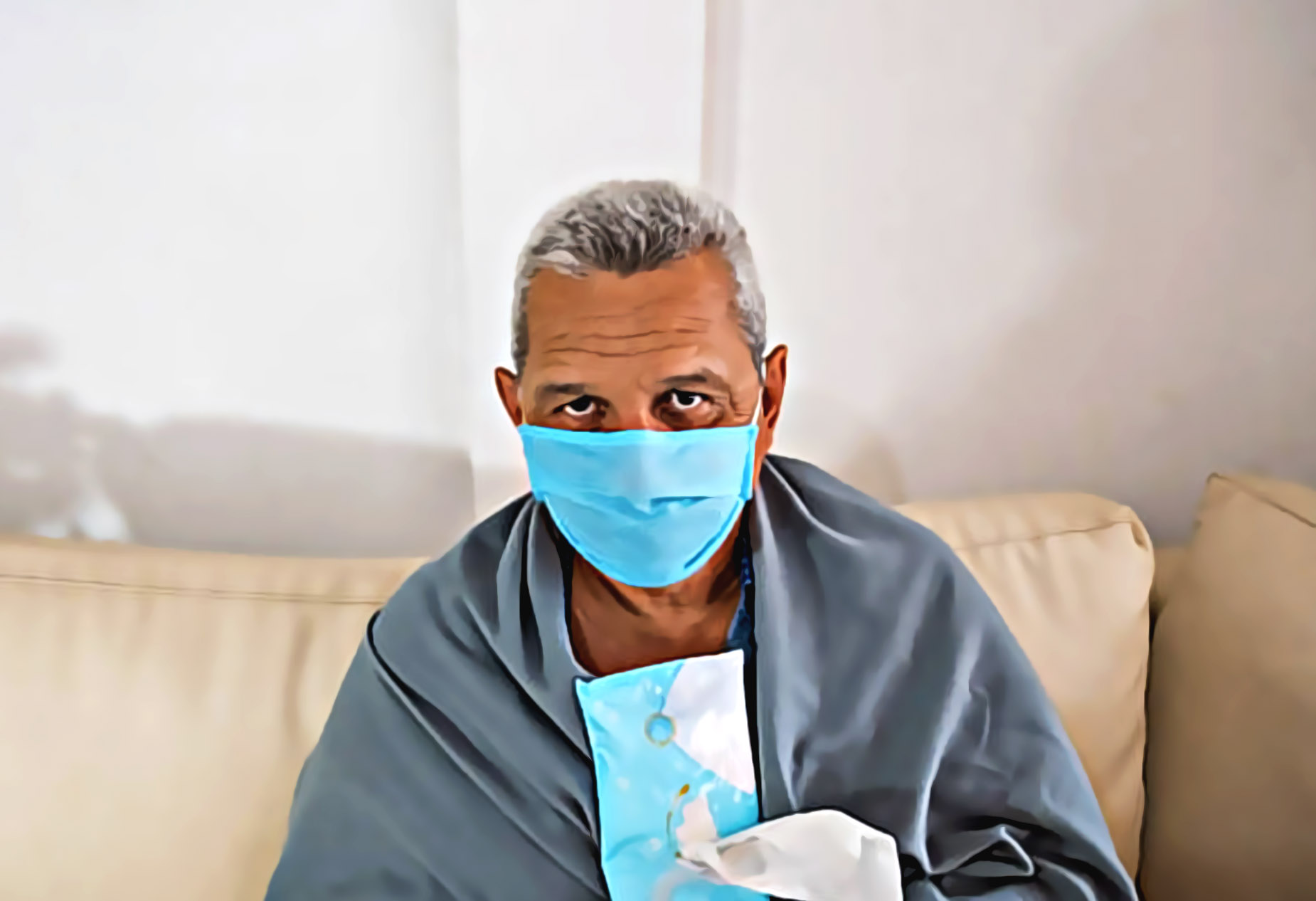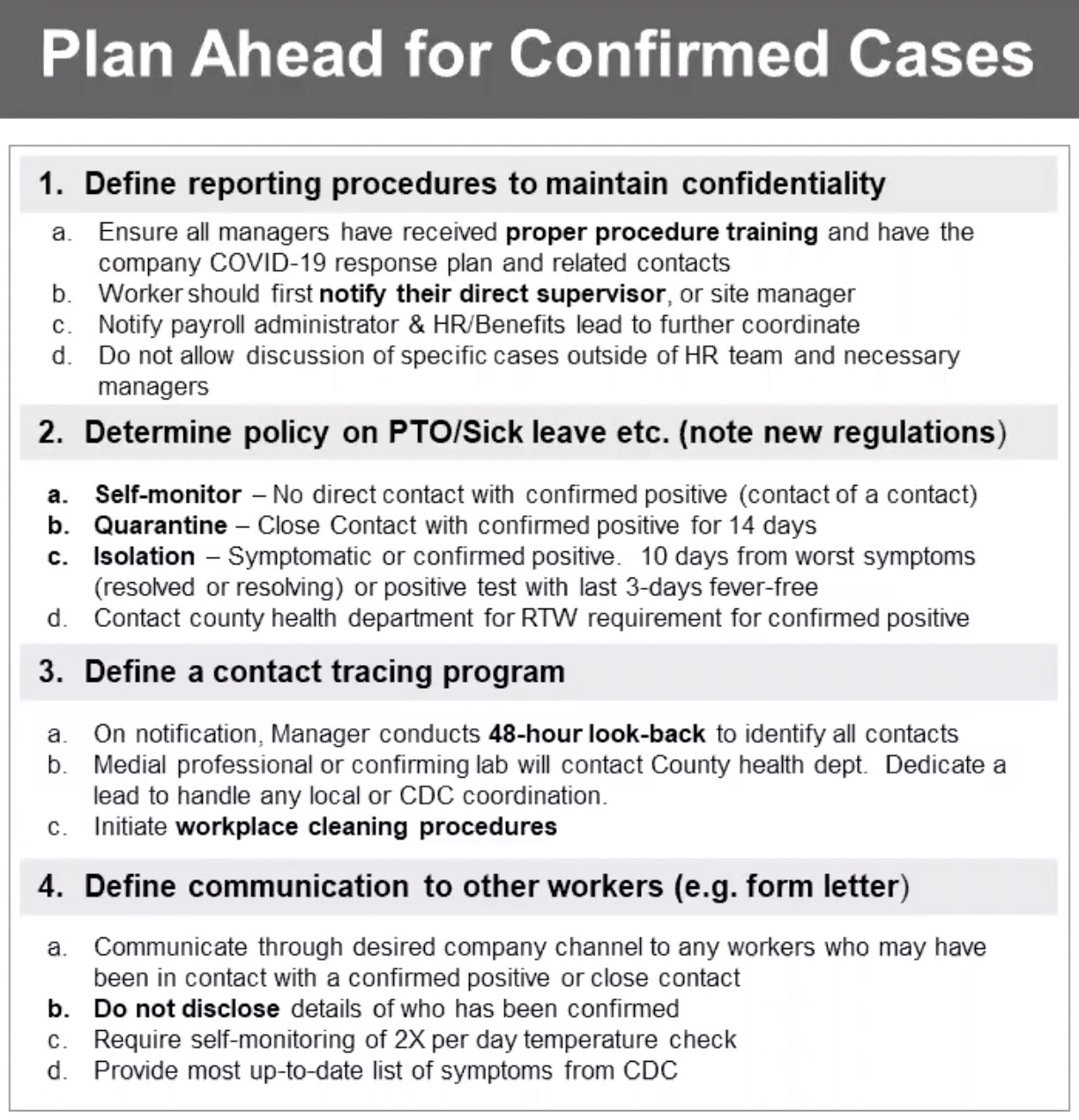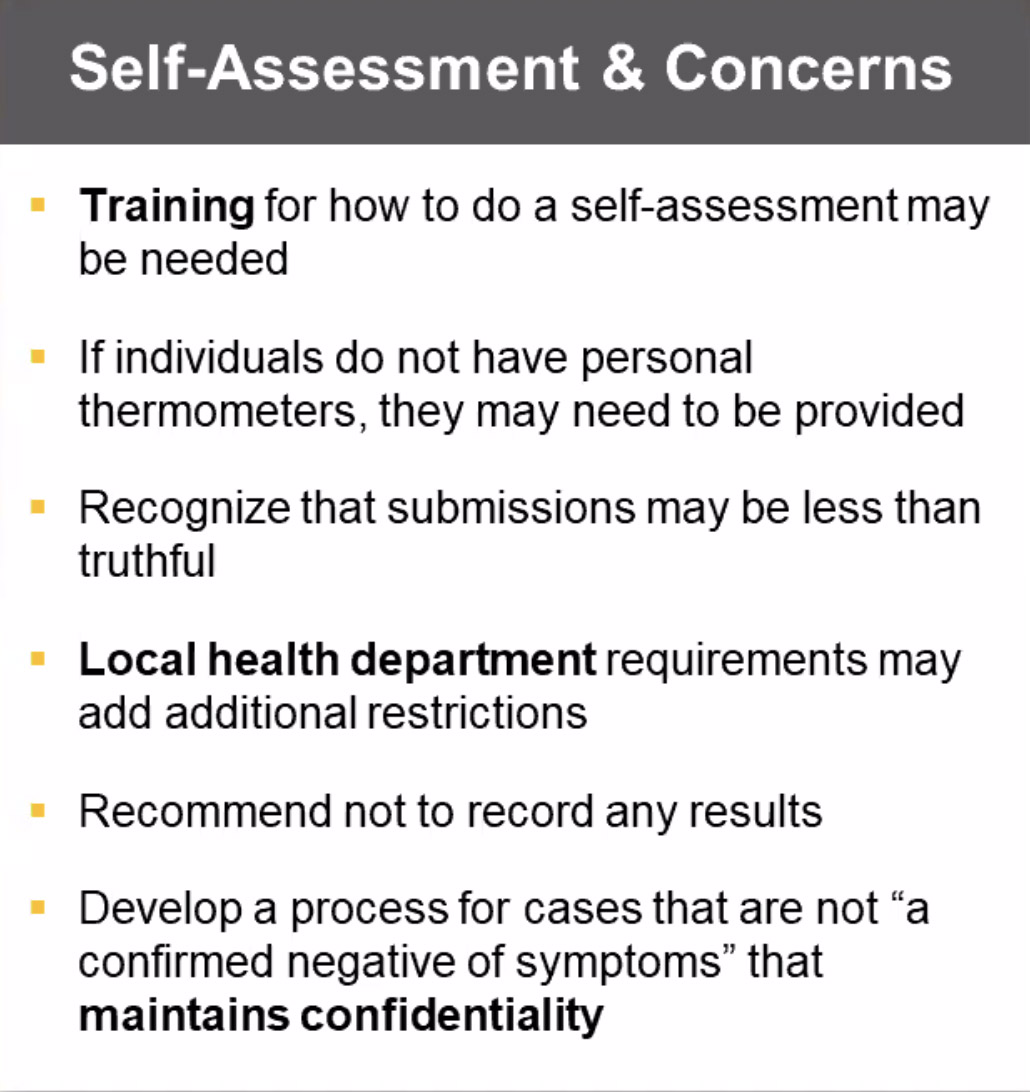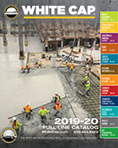COVID-19 Jobsite Management Plan
READ IN SPANISH
COVID-19 Management Plan For Contractors
Contractors know how to effectively adapt to change orders while keeping projects on time and profitable. But when contractors prepared for the 2020 construction season, there was no inkling that a global pandemic would create one of the most encompassing change orders ever to effect standard jobsite operations.
The significance of this change was made evident in May 2020. OSHA issued a memorandum requiring employers be more proactive in preventing the infection. The ruling stated that COVID-19 can be a recordable illness if a worker is infected as a result of performing their work-related duties if outlined conditions were met.
In issuing this directive, OSHA has placed more responsibility on employers. It requires that OSHA reviewers presume a worker’s confirmed case of COVID-19 is work related unless the employer can prove otherwise. The reviewer’s assessment will be based on the “the reasonableness of the employer’s investigation into work-relatedness.”
OSHA is not the only source of COVID-19 related change orders. States, municipalities and even general contractors are issuing new work rules. These new rules affect occupancy, hours of operations, and even if work can continue when a hotspot emerges. Meeting these challenges requires a strong plan.
Creating A “Stay Home If Sick” Worksite
 Safety expert Bruce Donato, a principle at K&A First Aid & Safety, Inc, suggests the OSHA requirement is significant. The best way to limit reportable COVID-19 illnesses is to convince workers that they play a key part in virus containment. The entire team must be convinced that it is in everyone’s best interest to be honest on their own health assessment and stay home when sick.
Safety expert Bruce Donato, a principle at K&A First Aid & Safety, Inc, suggests the OSHA requirement is significant. The best way to limit reportable COVID-19 illnesses is to convince workers that they play a key part in virus containment. The entire team must be convinced that it is in everyone’s best interest to be honest on their own health assessment and stay home when sick.
This could be harder than first imagined. In late 2019, prior to the pandemic, a study conducted by OnePoll surveyed 2,000 U.S. adults about sickness in the workplace. At that time, more than 75% responded that they experience pressure “to power through the workday when they’re feeling under the weather.” In those pre-pandemic times, 69% of the surveyed workers did not feel that a bad cough was a good enough reason to stay home from work.
While most workers accept that dangers from COVID-19 may change this perception, contractors should provide daily reminders that work-place health standards have changed. The best way to reinforce greater awareness is through a mandatory employee health self-assessment prior to each shift.
You Must Do Assessments – Managing COVID-19 in the Workplace
Safety expert Bruce Donato (K&A First Aid & Safety) discusses the practical aspects of managing COVID-19 in the workplace. White Cap Coronavirus Updates: htt…
A Daily Self-Check
“Not doing self-assessments or on-site health checks may put a company at risk for negligence as these are considered industry standards now.”
Bruce Donato, K&A First Aid & Safety, Inc
Mr. Donato suggests that these quick checks are simple for employees to do. And in many jurisdictions, health departments are willing to accept the procedure as verification of an employer’s good faith effort.
 The assessment basically asks a series of questions whose answers provide indicators of possible virus- related concerns. A positive answer to a question requires a follow-up. The self-assessment can be administered by paper ballot or asked verbally by a company representative. There are several companies that sell apps allowing employees to record their answers remotely.
The assessment basically asks a series of questions whose answers provide indicators of possible virus- related concerns. A positive answer to a question requires a follow-up. The self-assessment can be administered by paper ballot or asked verbally by a company representative. There are several companies that sell apps allowing employees to record their answers remotely.
It’s recommended NOT to record results of the self evaluations. This is primarily for your internal use to keep track of your employees. Human nature being what it is, these results may not be entirely accurate.
On-Site Checks
Many contractors are opting for additional prescreening using thermometer readings. The CDC recommends that if workers are feeling feverish or have a temperature higher than 100.4ºF, they should be restricted from work. Temperature readings should be taken at the beginning of each employee’s shift, at random and/or set times during the workday, and/or after observation of an employee exhibiting COVID-19 symptoms.
On-Site Screening – Managing COVID-19 in the Workplace
Safety expert Bruce Donato (K&A First Aid & Safety) discusses the practical aspects of managing COVID-19 in the workplace. White Cap Coronavirus Updates: htt…
Temperature checks should be performed in a manner that maintains the privacy of the results. And testing should be conducted in settings that promote physical distancing measures for those waiting to be tested, possibly by modifying shift start times.
Some companies also require employees to check their own temperatures at home and submit their results to designated personnel.
Managing Confirmed Cases, Suspected Cases, And Close Contact Follow-Ups
If an exposure to a COVID-19 case is discovered through prescreening, employers are required to be proactive. OSHA, and often local health departments, require all employees in contact be alerted regardless if the exposure is confirmed or suspected.
Contractors must have an aggressive incident response system in place that balances worker safety with employee confidentiality. Donato says it’s best to formalize a company’s response to each employee’s type of exposure.
- Sick, but no COVID-19 symptoms – do not work, and must have negative test, or doctor’s note clearing to return to work.
- Self-Monitor – indirect contact with a confirmed positive (contact of a contact)
- Quarantine for 14 days – if in close contact with a confirmed positive.
- Isolation – If employee is symptomatic or a confirmed positive. 10 days from the worst symptoms (resolved or resolving) or a positive test. The last three of the 10-days must be fever-free.
Plan Ahead for Confirmed Cases – Managing COVID-19 in the Workplace
Safety expert Bruce Donato (K&A First Aid & Safety) discusses the practical aspects of managing COVID-19 in the workplace. White Cap Coronavirus Updates: htt…
 One new regulation under consideration involves employer responsibility of paid time off in some jurisdictions. New regulations have been implemented requiring employers to provide various levels of time off if an employee is restricted from work due to COVID-19. This new requirement may ask employers to provide additional vacation and/or sick time.
One new regulation under consideration involves employer responsibility of paid time off in some jurisdictions. New regulations have been implemented requiring employers to provide various levels of time off if an employee is restricted from work due to COVID-19. This new requirement may ask employers to provide additional vacation and/or sick time.
When Health Screening Uncovers The Virus
A thorough prescreening program should help alert employers of a potential infection. Just one positive alert does not require OSHA reporting. But, if several cases develop among workers who work closely together, or when close exposure to a particular customer or coworker who has a confirmed case of COVID-19, and there are no alternative explanations, this indicates a potential hot spot. Employers need to investigate further, and may need to proceed with OSHA 300 form reporting (see below). Subcontractors should also review their agreements with the general contractor with respect to reporting jobsite incidents.
The May 2020 OSHA memorandum states:
If, after the reasonable and good faith inquiry described above, the employer cannot determine whether it is more likely than not that exposure in the workplace played a causal role with respect to a particular case of COVID-19, the employer does not need to record that COVID-19 illness.
But if the investigation does support the case for work-related infection, employers are required to submit the incident using standard OSHA 300 form reporting procedures. This would be in addition to any local health jurisdiction requirements.
OSHA Injury and Illness Recordkeeping and Reporting Requirements | Occupational Safety and Health Administration
Recordkeeping Requirements Many employers with more than 10 employees are required to keep a record of serious work-related injuries and illnesses. ( Certain low-risk industries are exempted.) Minor injuries requiring first aid only do not need to be recorded.





